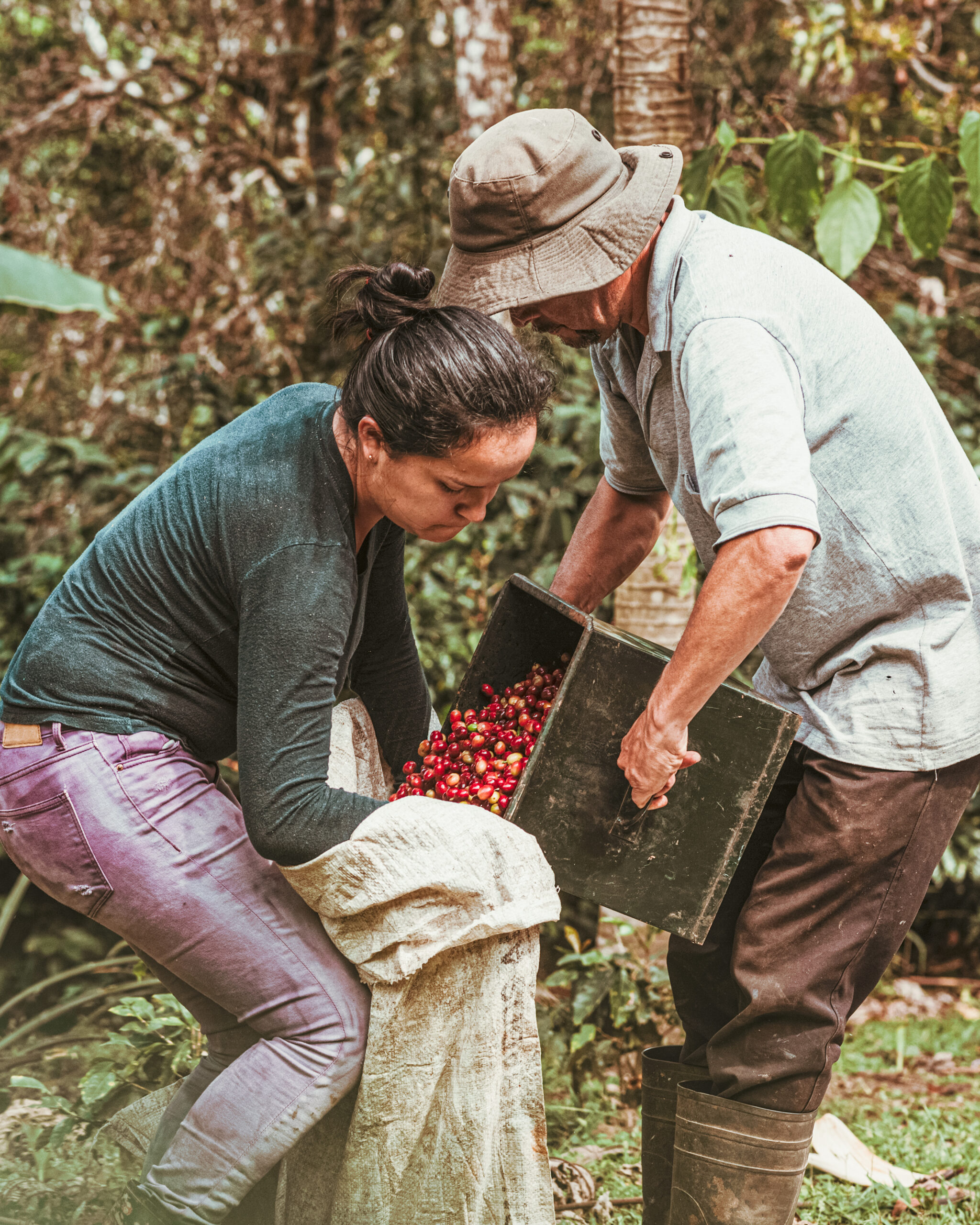
Journal
#1
Pure Life – “Mild Country” Costa Rica
Costa Rica is a Spanish phrase meaning “a rich coast”. But it doesn’t mean the country is rich with oil or other resources. What it does have are people with gentle, kind hearts. When you get off a plane at the airport in the capital San José, the first thing that catches your eyes will be wall posters with a message, “Welcome to the Happiest Country of the World.” In fact, Costa Rica has ranked first in the United Nations survey of happiness levels around the world. Though materially poor, Costa Rica is emotionally rich. And what brought happiness to this developing nation was coffee.
Best in land of “everlasting spring”
After a sudden rainstorm passes, a bright rainbow adorns the clear blue sky. A sharp wind whips up from the foot of the mountain, offering a comforting chill. Though Costa Rica is located in the tropics at a latitude of 10 degrees north, some of its farms sit halfway up a mountain at an altitude of 1,300 meters. The air feels as crisp and refreshing as in a summer resort.
Sun-tanned workers remove a black plastic cover from a metal shelf called an African bed. From under the cover emerge a pile of processed coffee beans. The workers give them a nice and slow stir with their hands to dry the beans. Wind from under the bed help the beans to dry evenly.
Coffee beans are strewn across a concrete patio surrounded by tarpaulins. The beans are dried here, under the sun and with the heat from the concrete, until the moisture content drops to 10%. Every 30 minutes, workers mix up the beans with a wooden rake. The job looks easy, but when I give it a try, I realize how physically demanding it actually is.
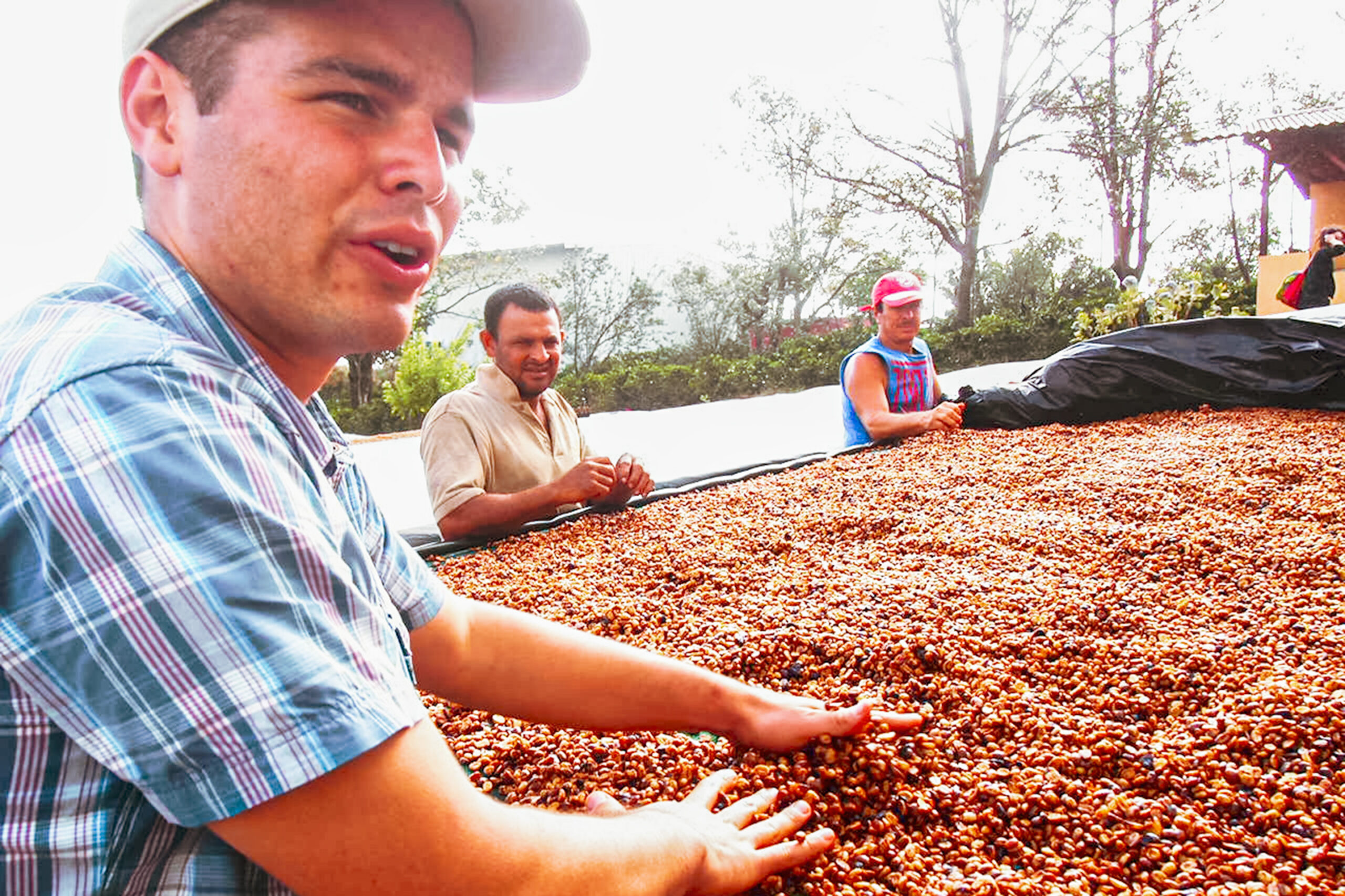
Right now, I am at a coffee estate called Brumas Del Zurqí (The mist of Zurqui), halfway up 1,900-meter Cerro Zurquí in Heredia. The estate, established in 1890, has been around for four generations of farmers. It is producing the much coveted Geisha variety and a Bourbon variant called Villa Sarchi, which was found in Costa Rica. The estate consists of 35 small farms, each spanning around 5,000 square meters. In each farm, 45 workers pick cherries one by one. Harvest continues from mid-November to late February. The estate not only grows coffee, but processes the crop at a micro mill.
After the cherries are dried, workers clean them up by hand. It takes six people a full day to finish the process for a 69-kilogram bag. Bags of coffee beans are hauled into piles at a warehouse. The beans are kept there for about a month before being shipped off to their destinations. The estate started exporting to Japan in 2002. Its coffee won the Cup of Excellence in 2012, and finished second in 2015, the year I visited them.
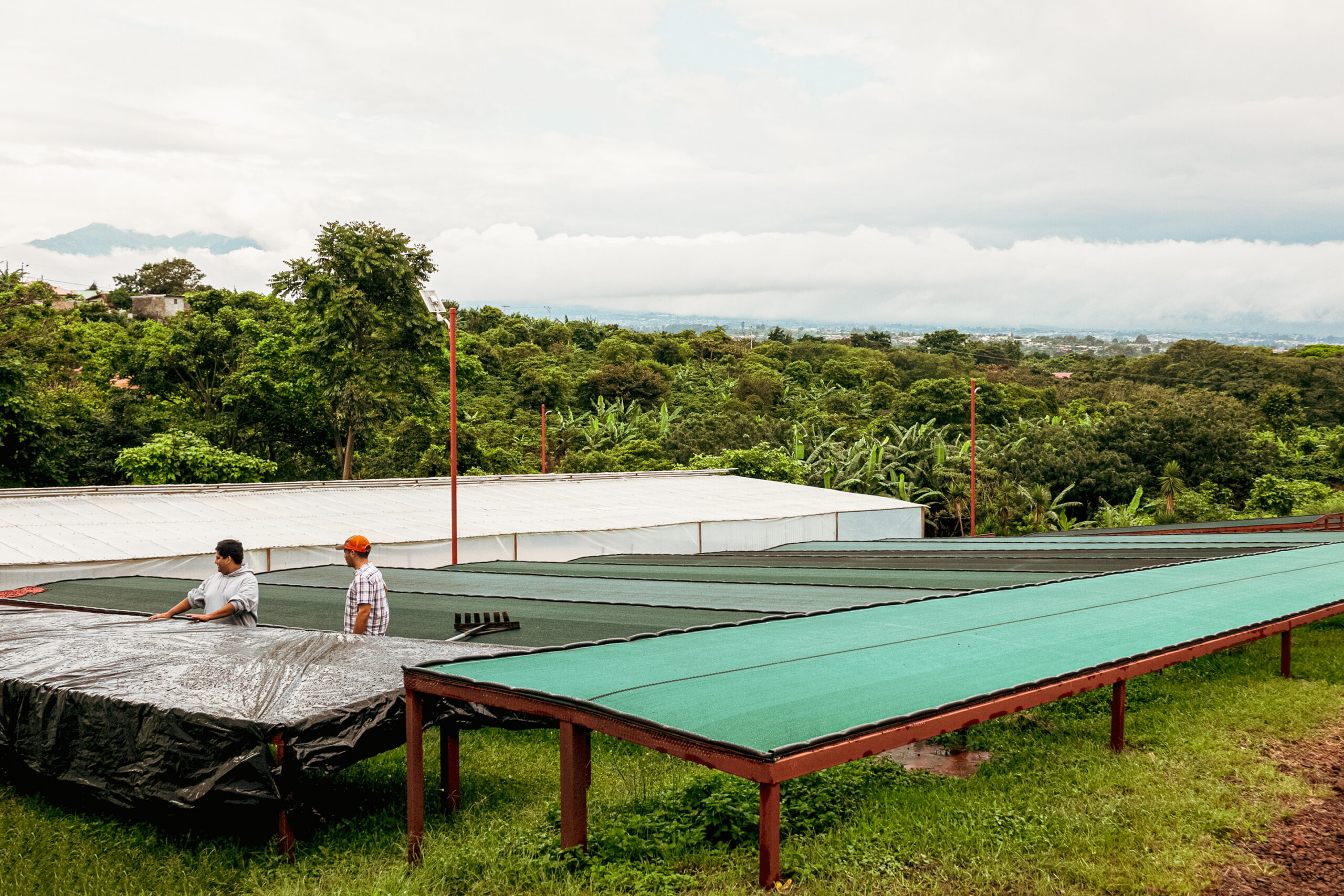
Various coffee farms
The first time I went to Costa Rica was in 1984. In every visit since, I went on an excursion to coffee farms around the country. Thickets of coffee trees, each standing just below two meters, cover the slopes of highlands up north. In front of one farm, I found a carreta, a traditional Costa Rican cart pulled by two oxen. The wooden, box-shaped cargo-carrier bore patterns of red and yellow flowers and birds. The wheels, also made of wood and encased in iron rings, were adorned with drawings, too. Costa Ricans of yore transported coffee on these oxcarts. Now they have limited uses, such as carrying mowed grass, but they are still in use, nonetheless. It was such an idyllic, mind-soothing scene to watch.
Costa Rica has only a few large-scale farms, the most notable being Café Britt, an estate founded by an American in 1985. The estate has since expanded its sales channels beyond Costa Rica to all of Latin America. I visited them in 2002 on a coffee tour, which turned out to be so much fun.
As our middle-aged guide took us to a farm and started talking, a young man who was picking coffee cherries nearby interrupted him, saying, “Your explanation is wrong.” A heated debate ensued between the two, me and other visitors left standing around. Out of nowhere, a woman wearing a colonial-era dress came up to us, and took us to a theater-like room. After we followed her into the room, a Christopher Columbus ship suddenly appeared into the stage, captained by that middle-aged guide with that young man in tow, and that woman welcoming them. As it turned out, the whole commotion was part of a show. The three “actors” went on to perform a musical-like play, reenacting a chapter of Costa Rica’s history. At the end, the middle-aged guide said, “Legend has it that people that meet at a Costa Rican coffee farm will go on to tie the knot.” Participants looked at each other.
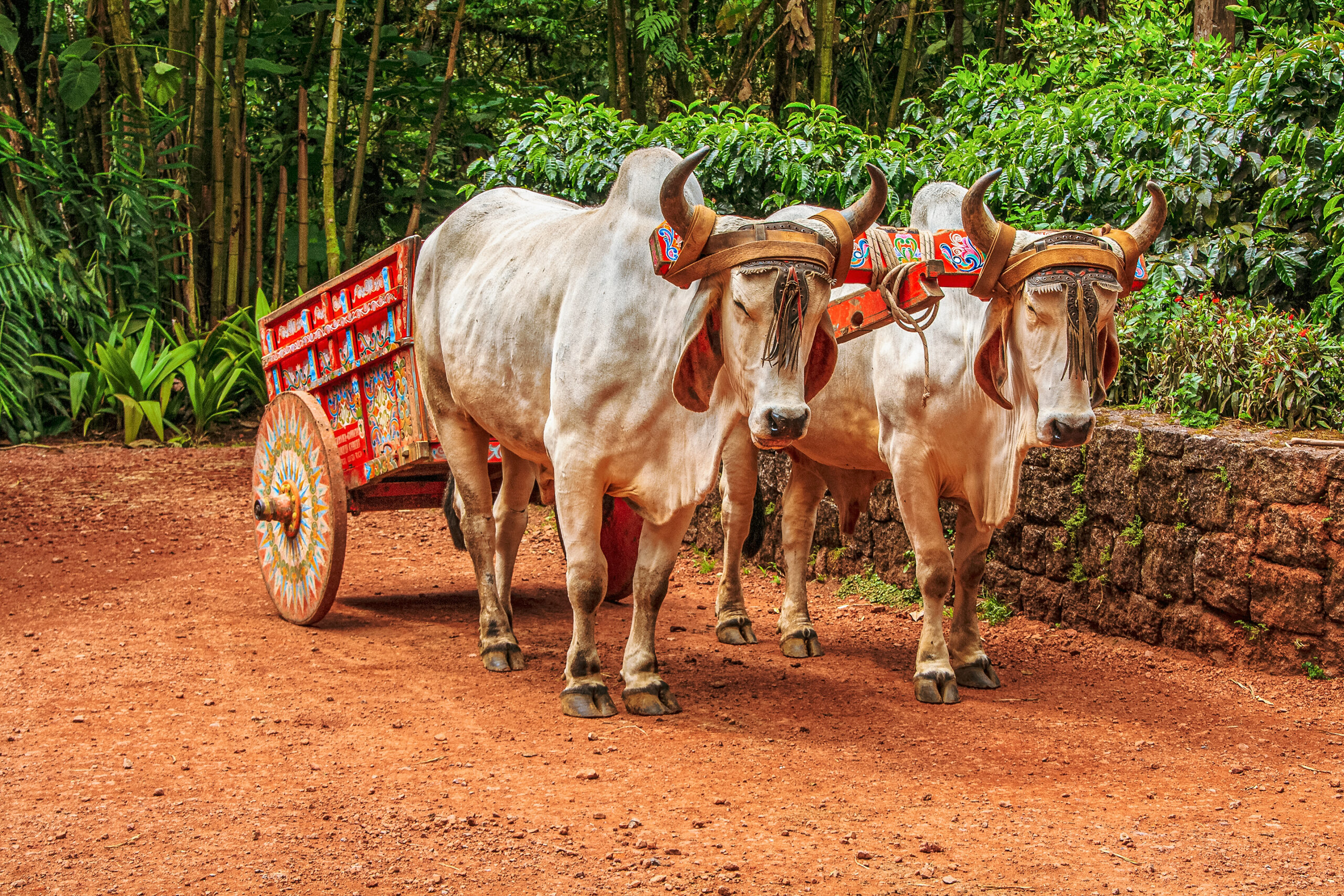
During the tour, I also visited Hacienda Alsacia, an estate established by the global cafe chain Starbucks Coffee. It is located in a central valley at the foot of the Poás Volcano, whose elegant beauty evokes Mt. Fuji in Japan. The 240-hectare property is dotted with farms and a research center that studies cultivation methods. One facility was displaying coffee seedlings in the outdoor grounds, where the staff walked us through the processing steps. On a hill overlooking the farms stood a cafe and a shop, featuring modern, sophisticated designs characteristic of Starbucks. But honestly, they looked too urbane and a little out of touch with their surroundings.

Equality between smallholder farmers
One characteristic of coffee farming in Costa Rica is that most of the farmers are small-scale. Meanwhile, traditional coffee farms in other Latin American nations are large-scale estates owned by the few affluent. In this regard, Costa Rica is the exception. Here, small farms have helped each other and cultivated equal relationships between them. Behind this situation is Costa Rica’s history where people overcame adversity with the help of luck.
Costa Ricans started producing coffee because they had no other choice. When Central America was under Spanish rule, other colonies grew dye and tobacco – the things that were in demand in Spain. But Costa Rica’s remote location meant that it was at a disadvantage and wouldn’t be successful even if it tried to make and sell the same things the other regions did. So Costa Ricans had no choice but to grow coffee, the newly introduced crop.
The situation varied even within Central America. When the Spanish colonized the “new continents”, they set up South American headquarters in Peru for its gold and Central American headquarters in Mexico for its silver, practically enslaving indigenous peoples to plunder their wealth. Spain also installed a governor-general in Guatemala, a Mexican neighbor, to oversee the Central American colonies, the farthest of which was Costa Rica. Few Spanish officials bothered to travel to a far-flung colony with no resources. There were only very few indigenous people, too. So Spanish immigrants had to start building a government and developing the region themselves. And that fostered solidarity among the poor.
Central America declared independence from Spain in 1821 and later formed a federal republic. That year, the Costa Rican government began giving out coffee seedlings and lands to citizens in a bid to promote coffee farming. Because of this, a large number of smallholder farmers started growing coffee on a small plot. But the problem was that they had no buyer for coffee, which at the time was a luxury product.
Then, as luck would have it, a British ship came to Puntarenas, a port on Costa Rica’s Pacific coast, on Christmas in 1843. This opened up regular exports of coffee from Costa Rica to Britain. Thanks to the trade, a poor, small nation of 80,000 people quickly transformed into the most prosperous country in Central America. The economy boomed by leaps and bounds on British investments. For the hard working people of Costa Rica, it was like a heartfelt Christmas gift from heaven.


Quality educational system built on coffee
With the newfound riches, Costa Rica built a national theater in the capital. The white palace-like structure drew inspiration from the Paris Opera House. Down the lobby past a row of statues, visitors can find a painting of a coffee farm on the ceiling. But there is something off about it. In the painting, the coffee trees are by the seaside, and the women picking cherries are clad in neat-looking clothes. As it turned out, it was a work of an Italian painter who didn’t know a real coffee farm and drew what he imagined a coffee farm looked like.
The booming economy inspired liberal political thinking. Costa Rica’s first President, who took office in 1847, was a 29-year-old youngster. He founded universities and newspapers. His first job as President was to establish a women’s high school. He believed that ignorance was at the very core of social evils and the freedom of the press would advance society.
Politicians with a similarly burning sense of mission followed, and the country abolished the death penalty when it adopted a new constitution in 1871. Furthermore, the new constitution made primary education free and compulsory for all citizens. This is why Costa Rica became a nation with a quality educational system and a high literacy rate extremely early, compared with other Latin American nations. The quality of work by farm workers was high, and so was the quality of products they produced.
In the final years of the 19th century, coffee accounted for 90% of all exports from Costa Rica. When coffee processors threatened to cut smallholders’ profit margins, farmers countered by organizing the Federación Nacional de Cafeteros Costa Rica, or a national federation of coffee producers. The government intervened by setting up the Instituto del Café de Costa Rica, in order to ensure the coexistence and prosperity of both parties. This is also something unique about Costa Rica. Other governments in the region colluded with large businesses and the wealthy to exploit farmers. But Costa Rica was different. Because of that, citizens developed trust in government and a sense of parity among themselves.
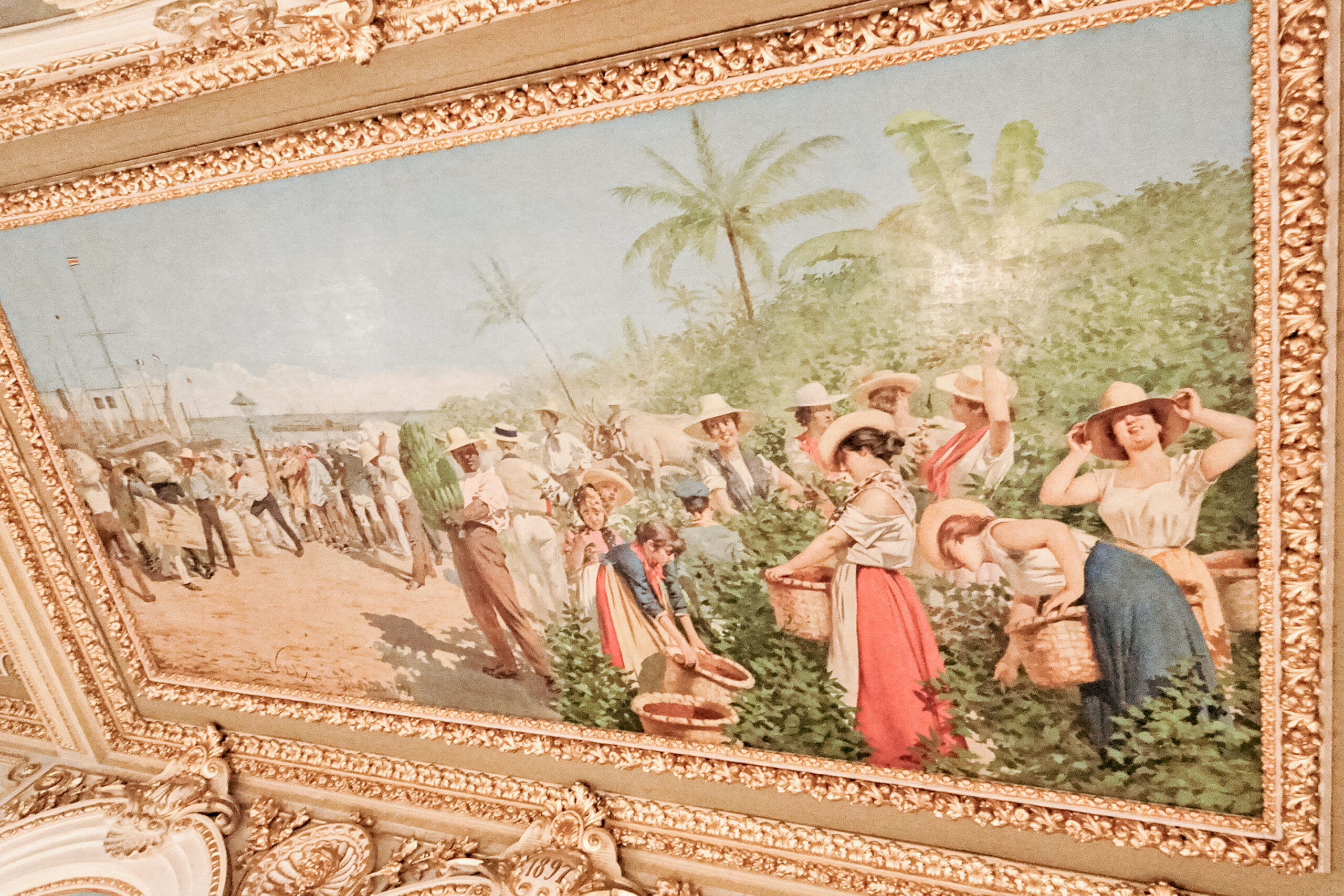
Achieving peaceful and environmentally responsible nation
Costa Rica gained another boost after World War II. In a reckoning of the 1948 civil war that triggered killings among the citizens over the results of presidential elections, Costa Rica saw growing calls for shunning use of military force and engaging in dialogue when conflict arose. The new constitution, enacted in 1949, abolished the army, making Costa Rica the second country in the world with a pacifist constitution after Japan. But unlike Japan, Costa Rica even renounced a standing army, thus becoming a peaceful nation with few parallels in the world.
With a renewed focus on spending money on developing society rather than on killing lives, the government diverted all its now-unnecessary military expenditures to education, under a slogan: “Let’s have as many teachers as we did soldiers.” Ever since, 30% of the annual government budget has been allocated to education. Today, Costa Ricans have access to free mandatory education for 13 years from kindergarten to high school. In this sense, Costa Rica has a more advanced education system than Japan.
And that’s not all. Costa Rica has become one of the world’s most environmentally responsible nations. National parks occupy a quarter of the country’s land. Though small as Costa Rica is, it is home to more butterfly species than in all of Africa. There is no zoo in Costa Rica. If you want to watch animals, then go venture out into nature. In rural Costa Rica, sloths can be found hanging from trees right by a major avenue.
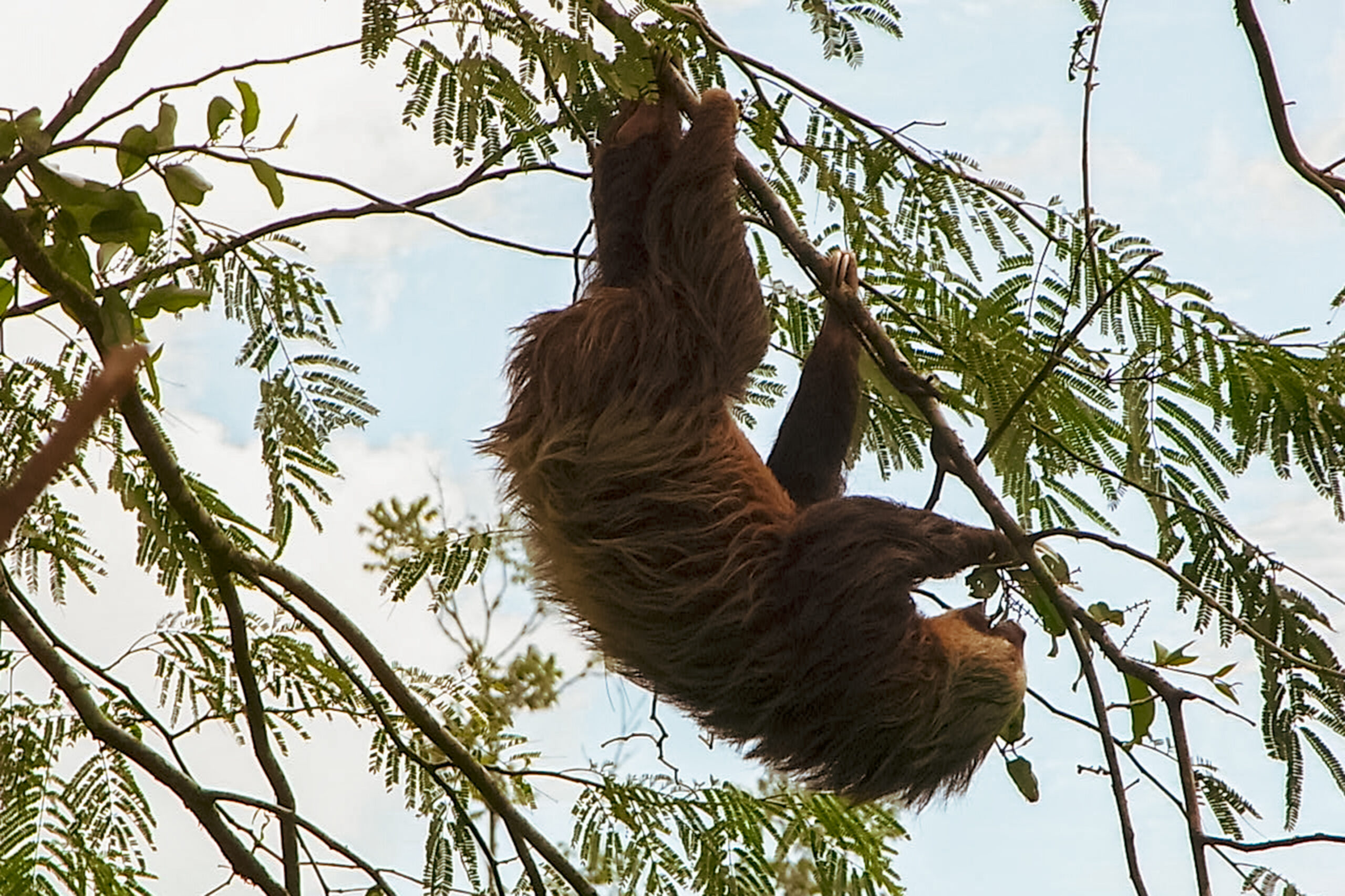
Ecotourism, a concept that has now spread around the globe, originated in Costa Rica shortly after World War II. To experience ecotourism myself, I decided to stay at an eco-hotel in the Monteverde Reserve, nestled in a tropical rainforest. After getting off a bus, I rushed toward the hotel amid a squall, luggage in both hands. Noticing me, an elderly man at the reception ran out of the hotel, volunteering to carry one of the luggage, all wet. Once the check-in was complete, an elderly woman who was by his side walked me to my room, holding an umbrella over me.
It was only the morning after that I learned this elderly man was a former President and that elderly woman was a former First Lady. I was surprised to find out who he was: Rodrigo Carazo Odio. He is the one who, when he was in office, proposed the establishment of the United Nations University for Peace during a UN General Assembly. I couldn’t help but ask him, who was standing at the reception, “How did a former President like you end up doing this?”
He explained that Costa Rica bans Presidents and lawmakers from being reelected for consecutive terms. The measure is aimed at “preventing people from assuming too much power,” he told me. “After I served my term, I decided to leave politics once and for all and devote myself to society as a citizen. Costa Rica was already on a path toward becoming a peaceful country with a solid educational system. So I decided to pave the way for an environmentally responsible country. And I invested my savings in building an eco-hotel and started ecotourism.”
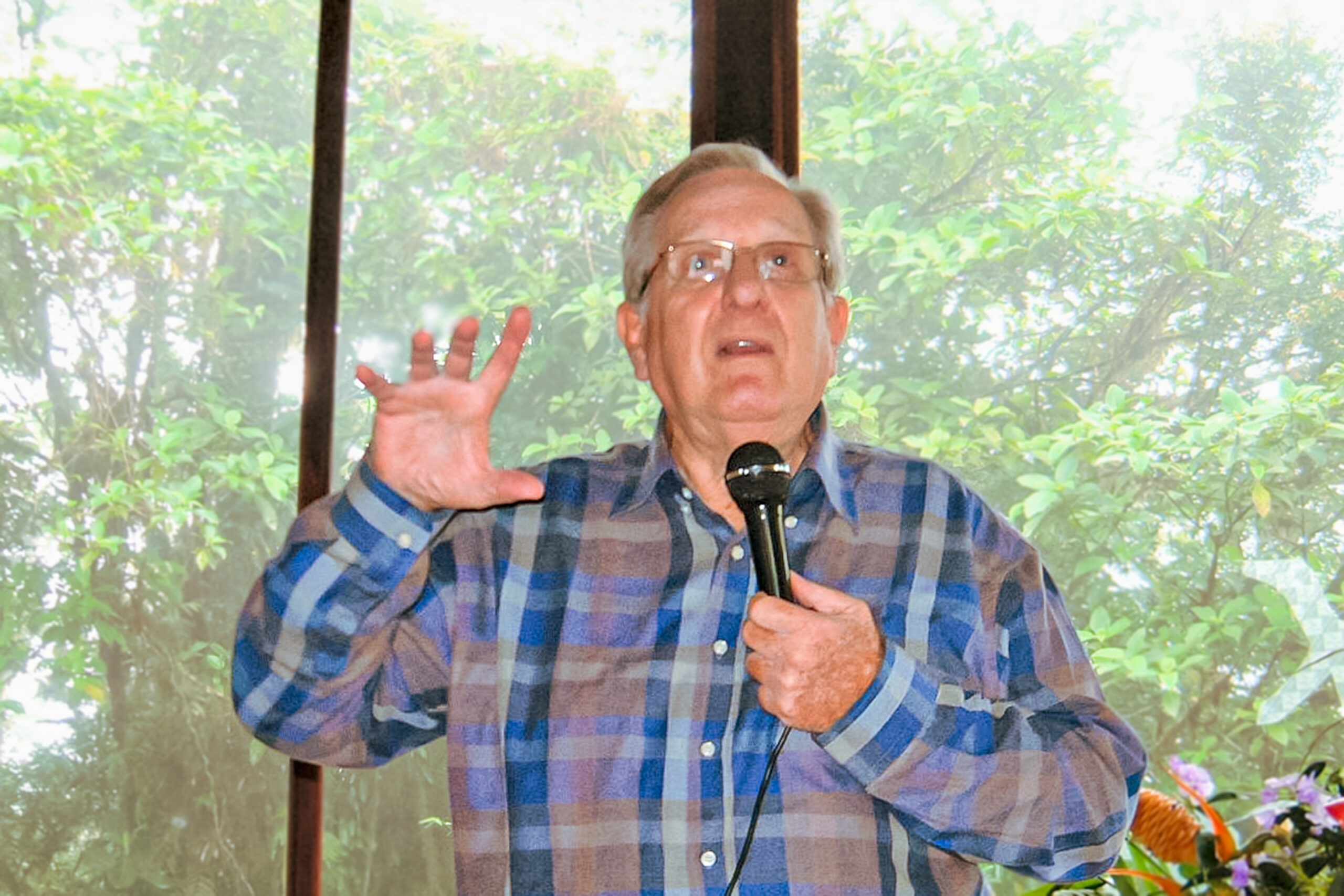
Pure life
I was surprised. In every nation, politicians cling to power. I wish there were more politicians like him in Japan and other countries. Through coffee farming, Costa Ricans nurtured a sense of equality and reverence for nature, which is why they now have clean politics and a green environment.
Speaking of the environment, Costa Rica has no nuclear power plants. 99.5% of its electricity comes from natural sources. Costa Rica was already oriented toward natural energy sources in 1984 when I visited the country for the first time and asked government officials about their energy policy.
Whenever I visit Costa Rica, I feel happy. The country has many immigrants from the United States and Japan, where life can be stressful. Even if you don’t speak Spanish, you can get by with a word of greeting: “Pura Vida.” It means “pure life”.
Back in 2002, I visited a coffee farm that seems to epitomize all Costa Rican coffee farms. There, 3,500 micro farmers are working together under nine cooperatives, shipping their products together, under the brand names “Cafe Paz (Peace Coffee)” and “Care Forestal (Forest Coffee).” The names symbolize two of the country’s most characteristic traits. The farmers export their coffee to Germany and France, and use the profits to buy personal computers for children, send them to school, and build facilities in villages.
Costa Rican coffee reflects the people’s humble, honest way of life. It tastes gentle and mild, the perfect companion for a read or a break after work. Due to climate change, the number of coffee farms is decreasing in Costa Rica, much as elsewhere. Let’s cherish its coffee.
